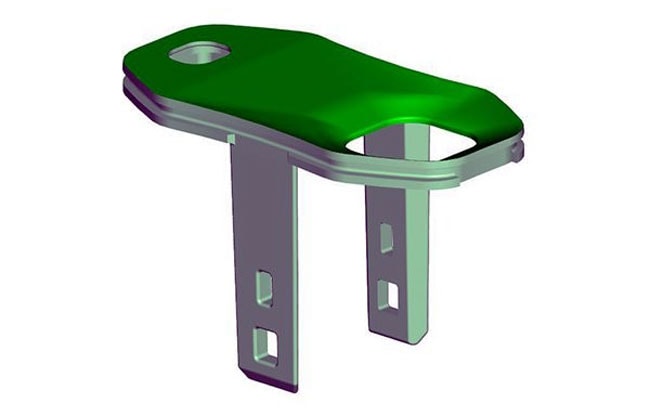The global market for plastic injection molded parts is estimated conservatively at $325 billion, and this number is expected to grow by 5.7% through at least 2025. Super-charged by dozens of exploding Asian economies, while leveraging process efficiencies as well as new resin varieties, the utilization of plastic components in increasingly more sophisticated applications present tremendous opportunities—and challenges—for industrial engineers and product designers.
Now, everyone knows the single most notable advantage of plastic injection molding, of course, is the ability to produce very high volumes with a low unit price relative to development costs (mold costs). However, these same high volumes necessitate the use of solid design practices. Even seemingly minor improvements to tool design, which might be insignificant in short production runs, can save major dollars over a production run of millions upon millions. That’s why it’s imperative to employ sound design principles at the get-go of any tooling project.
Every thermoforming resin has unique chemical and mechanical properties that need to be mated to the tool steel that’s going to be used to mold it. For example, when using PEEK, a high-temperature engineering plastic used in automotive, aerospace, and medical industries, the tool needs to withstand higher molding temperatures while maintaining dimensional stability.
A mold made of S136 stainless steel is called for. Stainless steel works well for large production runs at the higher temperatures PEEK demands. Stainless steel is abrasion-resistant to glass fiber, and takes a high polish for a superior surface quality finish. As mentioned, PEEK must be injected at high pressures and temperatures, and therefore the mold must be carefully heat-treated. The treatment, of course, is done before final polishing and after CNC machining.
Part made from high-temperature PEEK plastic.
To reach and sustain the requisite high molding temperatures, which for PEEK regularly exceed the standard heating circuits of most plastic injection molding machines, a separate electrical heating coil is necessary. Electrical heaters can distribute heat very efficiently and uniformly for optimal molding results, but that necessitates optimal design of the cooling channels to remove this heat quickly for reasonably short cycling times.
